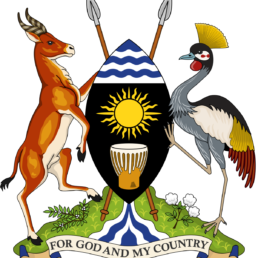Kampala’s new Climate Change Action Strategy is creating a climate resilient city and a leading example for the rest of Africa.
Leading the way in Sub-Sahara Africa, the Kampala Climate Change Action Strategy addresses climate change mitigation and adaptation, starting with the city’s own operations. The foundation of the strategy is the city’s first energy and climate profile, developed in 2015. Under the strategy, the Kampala Capital City Authority (KCCA), the body that governs and oversees city operations, is incorporating energy and climate goals into its policies and services, with plans to build a denser city with improved transit options, cultivate more green space, increase renewable energy usage, improve waste and water management, and implement a green public procurement policy. The ultimate goal is to reduce CO2 emissions by nearly a quarter over the next 15 years.
In order to achieve the most effective outcomes, KCCA has educated its employees on climate issues, holding more than 15 workshops to date. They are also urging the rest of the city to join their efforts by launching campaigns encouraging citizens to build away from wetlands and promoting urban agriculture, with more than 1,200 farmers having already received training and small grants.
22% reduction in emissions predicted by 2030 as part of the strategy
The challenge
Temperatures have already increased in Kampala by 1.5° C between 1950 and 2005, causing urban heat islands, intense rains, and changes in rainfall patterns. Most effected are the poor, constituting 60% of the city’s residents, who often live in the low-lying areas. The goal of the Kampala Climate Change Action Strategy is to build a climate resilient city, and overcome impacts like flooding, heat waves, and food insecurity, protecting the lives and livelihoods of the city’s most vulnerable residents.
Co-benefits
Economic The strategy is expected to yield at least $33 million in savings by 2050 by focusing efforts not only on mitigation but also adaptation actions.
Environmental In plans to green the city, the strategy has set a goal of planting 500,000 trees.
Health The city aims to reduce the amount of wood charcoal used for cooking, which currently accounts for more than 90% of the approximate 366,000 metric tons of charcoal use each year and poses respiratory health risks.
Social By improving the city’s resilience to climate change impacts, the strategy helps protect more than 300,000 people.
About Kampala
Kampala is the capital and largest city of Uganda. The city is conterminous with Kampala District. Surrounding Kampala is the rapidly growing Wakiso District, whose population more than doubled between 2002 and 2014 and now stands at over 2 million. Kampala was named the 13th fastest growing city on the planet, with an annual population growth rate of 4.03 percent, by City Mayors. Kampala has been ranked the best city to live in East Africa ahead of Nairobi and Kigali by Mercer, a global development consulting agency.


